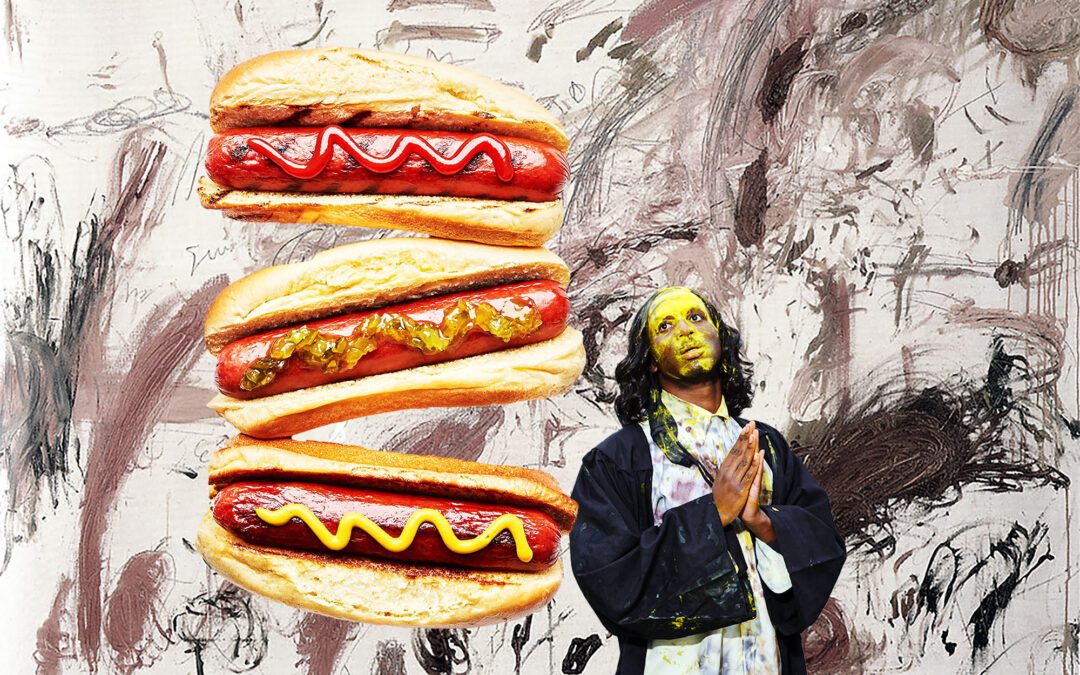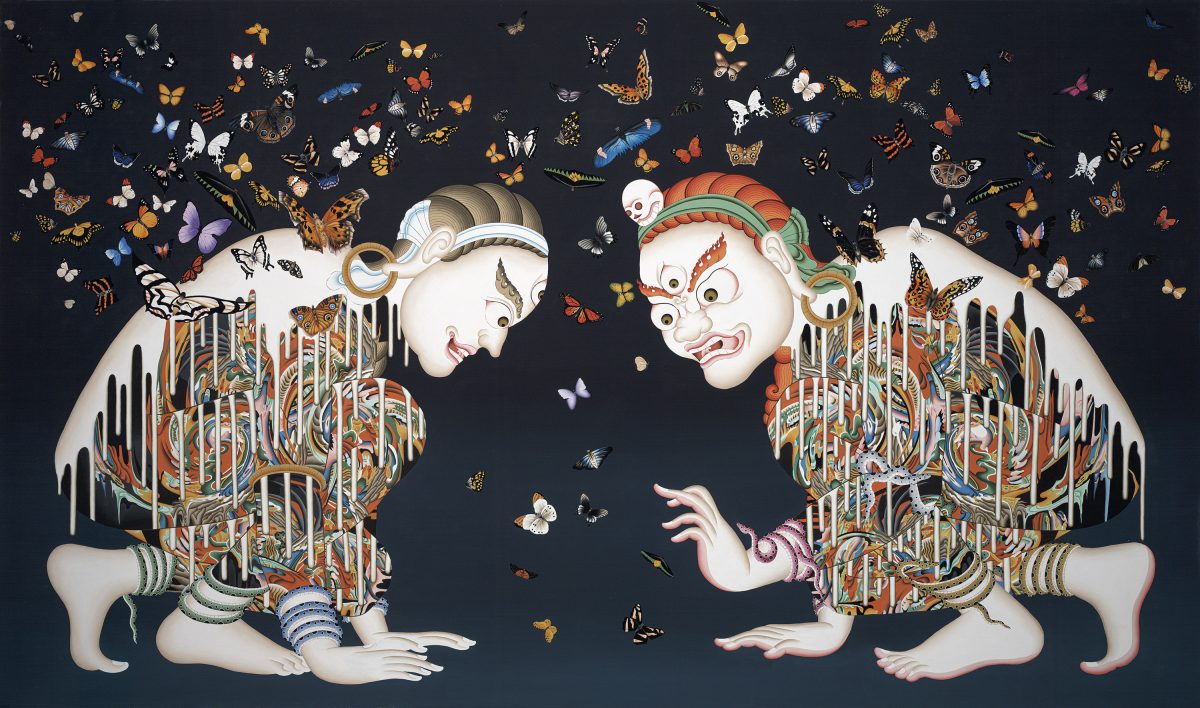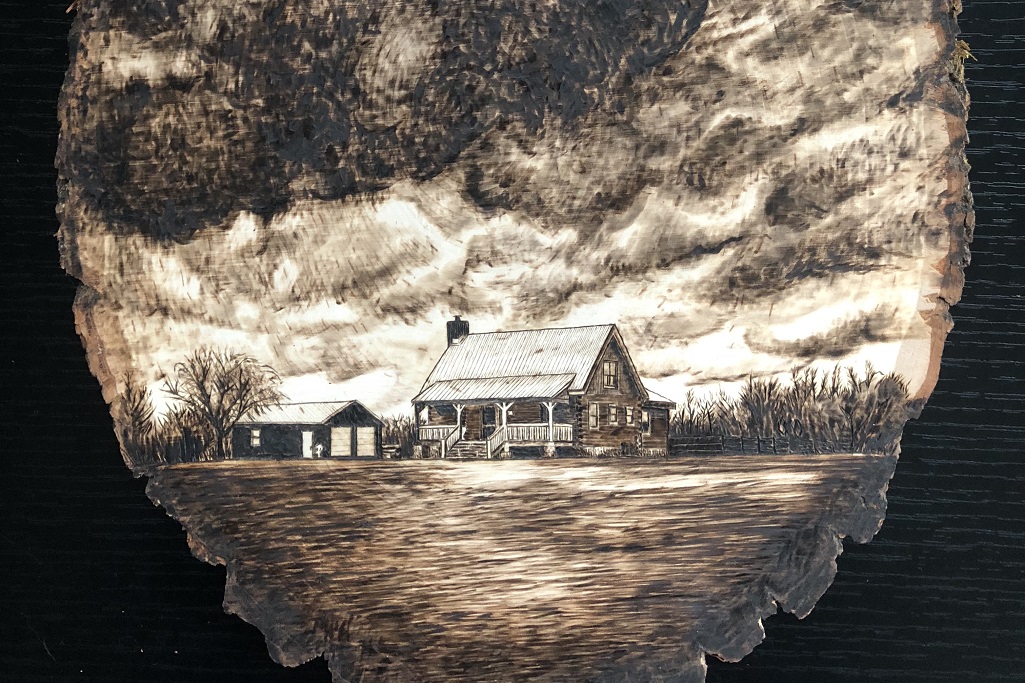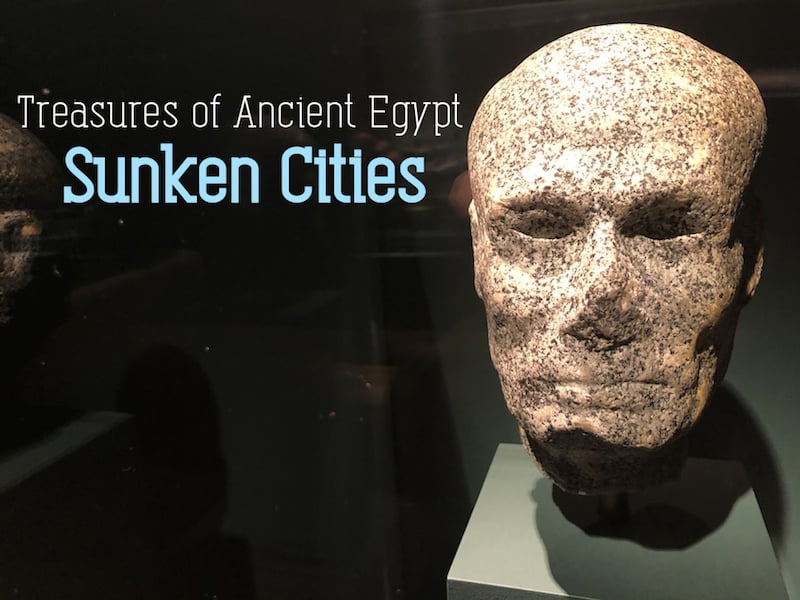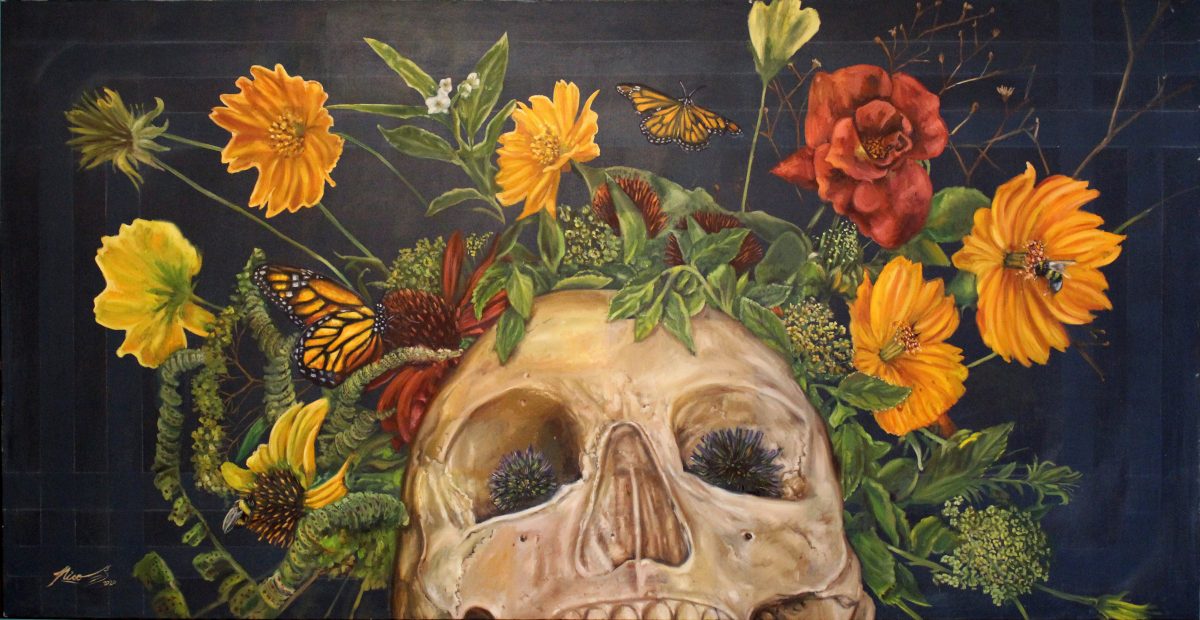The light is always perfect at the VMFA. Never really noticed until right now, as I walk into the glassy atrium. But yeah, first observation of the day. Just struck me. Thought I’d share. I’m with Monsieur Zohore, prolific artist and educator at VCU. He is...
